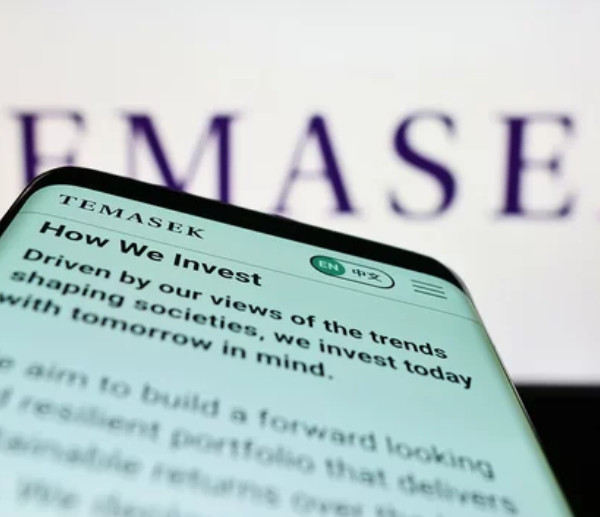Eco gender gap is when solutions to tackle climate change seem to be geared only toward women. How should businesses deal with this?
In this 2020 article, The Guardian posed an important question that best describes the matter of the eco gender gap: Why is saving the planet seen as women’s work?
The article describes how, nowadays, in the market, you can find all sorts of products that are meant to help consumers tackle the impact of climate change, from shopping bags to menstrual cups. But as you may have noticed, many of these products are addressed towards customers identifying as women.
Quick Summary:
In this 2020 article, The Guardian posed an important question that best describes the matter of the eco gender gap: Why is saving the planet seen as women’s work?
Now that we have an understanding of the eco gender gap, what should we do about it as players in the Southeast Asian tech startup ecosystem?
When it comes to tackling the impacts of climate change, we are racing against time.

“There is an obvious (and depressing) reason for this: women are not only more powerful consumers but also disproportionately responsible, still, for the domestic sphere,” the article writes.
“In a 2018 report by Mintel on the subject, Jack Duckett, a senior consumer lifestyles analyst, said women ‘still tend to take charge of the running of the household’, with laundry, cleaning and recycling falling under that banner. But ‘with eco-friendly campaigns and product claims largely aimed at female audiences’, advertisers run the risk of communicating the message that sustainability is women’s work.”
This is considered a harmful idea as it puts the burden of caring for the Earth disproportionately on women while alienating men from the cause at the same time. In a moment where we are under pressure to work together to tackle the impacts of climate change, even in the limited ways we have as consumers, this is not something we can afford to face.
What businesses should do about eco gender gap
Now that we have an understanding of the eco gender gap, what should we do about it as players in the Southeast Asian tech startup ecosystem?
I see that there are two ways to approach this problem:
– Go with the flow
– Swim against the current
This might remind you of salmons, but it is the best way to describe it.
When you choose to go with the flow, you look at what is happening around you and decide based on it. You do not intend to make any changes. You focus on developing and executing a plan that works with the situation.
In the context of the eco gender gap, knowing that women are the primary target customers for solutions related to environmental sustainability, you focus on creating a product that works for women and promoting it to them.
But if you go against the current, you go far beyond creating a product. You choose to change the situation at hand. This means you tackle the problem of the eco gender gap from its root. Instead of accepting that women are more invested in environmental sustainability, you figure out ways to encourage men to participate. It can look like creating a product that caters for their needs and interests or working with organizations in the field of gender equality, learning how they perform outreach.
So which one should you go with? Both are just as good as a solution. One might say we must be brave and go against the current, but I think we also need to be mindful of resources—and time. When it comes to tackling the impacts of climate change, we are racing against time.
Sometimes, the easy way out is not so bad after all. We focus on achieving results.
This Article was Written by
Anisa Menur A. Maulani




Leave a Comment